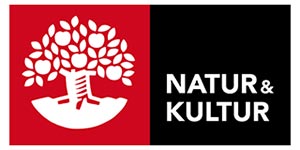
Hidden stories of Burchardt Precht's altarpiece in Gustaf Vasa Church : experienced through materiality

| Författare | |
|---|---|
| Medverkande | |
| Förlag | Publit |
| Genre | Konst |
| Format | Häftad |
| Språk | Engelska |
| Antal sidor | 232 |
| Vikt | 489 gr |
| Utgiven | 2020-11-04 |
| SAB | Icdc |
| ISBN | 9789178199549 |
The materials that are used in artworks can function as catalysts for remembrance. They can help us to envisage intangible aspects of the past that are currently hidden from the present. Studies that focus on materials offer us other ways in which we can gain insights into the past that would otherwise have been inaccessible areas of inquiry. There are rarely any written or other sources from the past that capture and detail, for us, how decisions about an artwork’s materials and construction were made – items that can tell us how it was originally created and about which materials were used – and why. As such, the materials from which artworks were made can be seen as forming a rich archive that enables us to explore forms of non-written information. In turn, these can help us to gain a better understanding of cultural relations, intended messages of spirituality, exercises in intellectuality and the visual transformation from its original aesthetic state to its present one.
This book explores which aspects of history might be retrieved by considering the materials and construction of an altarpiece as a primary source. By applying deconstructionist theory and art technological methodology to analyses of Burchardt Precht’s early eighteenth-century altarpiece – created for Uppsala Cathedral and later translocated to Gustaf Vasa Church in Stockholm – Anna Henningsson elucidates new aspects of research and re-contextualises her findings in the broader context of the cultural heritage discourse on sacred art in Swedish churches today.




















